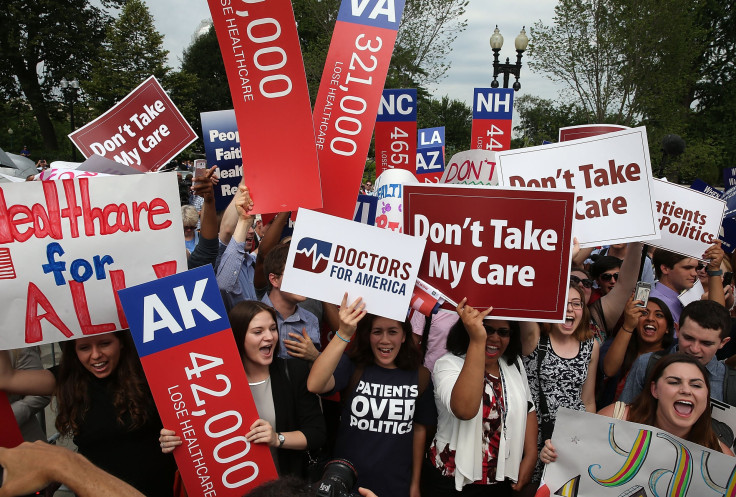Overpaying For Health Insurance? 2 Million On Obamacare Missing Out On Cost-Cutting Subsidies, Study Finds

More than 2 million Americans are probably paying more than they have to for health insurance and healthcare, a new analysis shows. Even though people with certain income levels qualify for government subsidies when they buy health insurance on government-run exchanges, more than a quarter are not taking advantage of the discount.
Under the Affordable Care Act, the 2010 law that overhauled the U.S. healthcare landscape, people who buy health insurance on exchanges set up by their state or the federal government can get tax credits to offset the cost of that insurance, depending on their income. The catch is that not all plans offered on the exchanges come with subsidies. Of the 8.1 million people whose incomes made them eligible for subsidies in 2015, just 5.9 million actually received them, an analysis published Wednesday by Avalere Health found.
Not only are these people missing out on cheaper monthly premiums, but they also could end up paying more out of pocket for their care itself as a result. "Some patients may be paying more than they need to for care," Dan Mendelson, the CEO of Avalere, said in a statement. "While cost-sharing reductions can help reduce what patients pay when they visit a doctor or hospital, some consumers may be unaware of the potential benefits," he added.
On government-run exchanges, enrollees can pick from different tiers of plans. Bronze plans offer lower monthly premiums than silver plans, for instance. But in order to qualify for subsidies, people have to sign up for silver plans. They may opt for bronze-level plans because those appear to be less expensive, even though silver ones could actually be the more economical option once subsidies are applied. On silver plans, about 70 percent of medical costs are covered, whereas only 60 percent are usually covered under bronze plans, Kaiser Health News reported.
Avalere's analysis adds evidence to the idea that one of the key challenges facing the Affordable Care Act is the fact that it is so complex, people have a hard time understanding it or knowing how to take advantage of its offerings. “Additional consumer education and more sophisticated decision support tools are likely needed to ensure that all patients are accessing the benefits available under the Affordable Care Act,” said Elizabeth Carpenter, vice president at Avalere.
The specific group of people who aren't getting subsidies, even though they qualify, are those whose incomes fall from 100 to 250 percent of the federal poverty line, or those who with annual earnings of $11,770 to $29,425, Kaiser Health News reported.
© Copyright IBTimes 2025. All rights reserved.






















